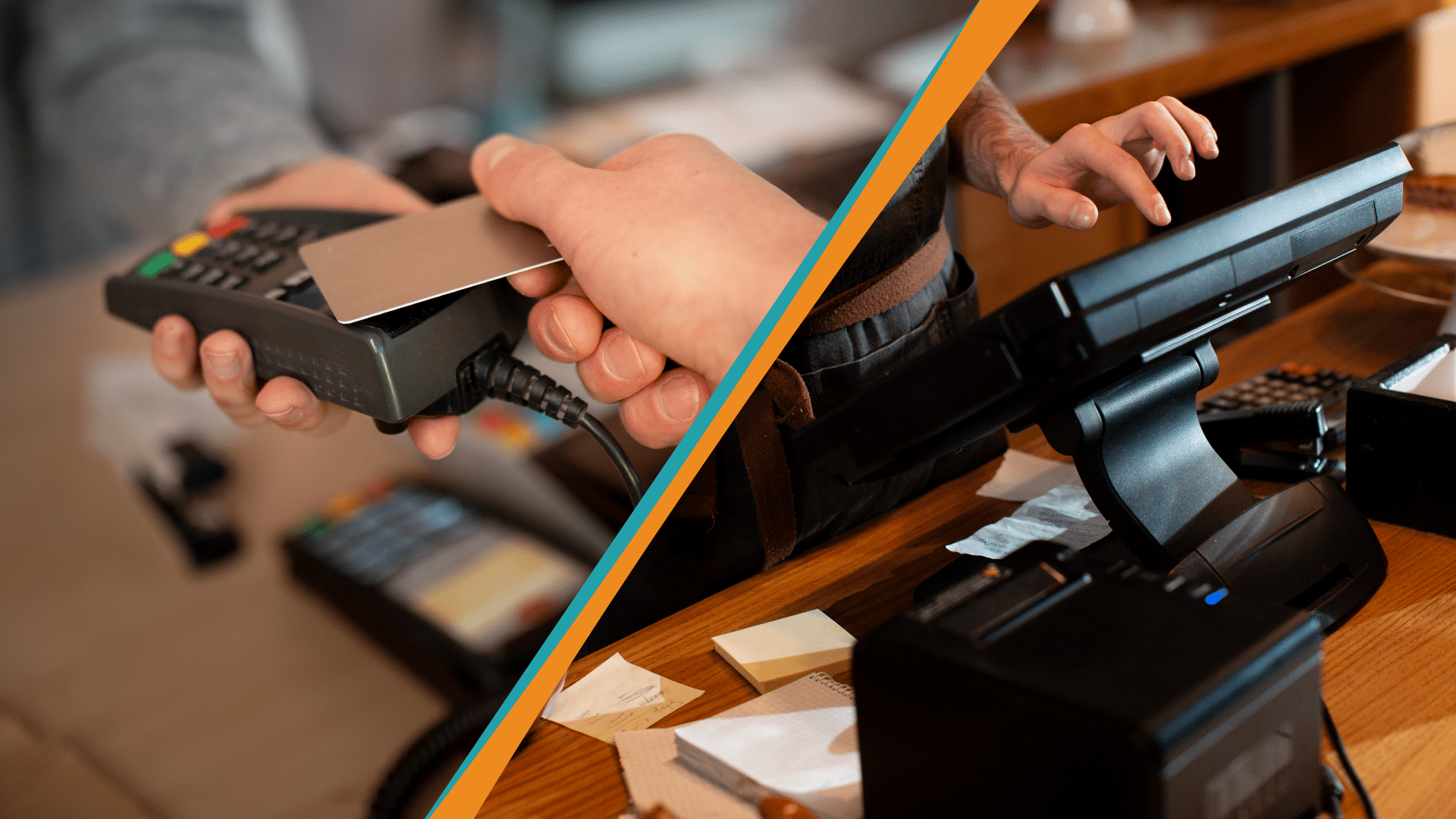Increase Coffee Shop Profits with Better Inventory Tracking via POS

In the highly competitive landscape of the food and beverage industry, coffee shop owners are constantly seeking ways to optimize operations and maximize profitability. One often overlooked yet critically important component in this endeavor is inventory management. With slim margins and fluctuating ingredient costs, inefficient inventory control can rapidly erode profitability. Leveraging a modern Point of Sale (POS) system with integrated inventory tracking capabilities can fundamentally transform how coffee shops monitor stock, control waste, and increase overall financial performance.
Understanding the Role of Inventory in Profitability
Inventory—whether it’s coffee beans, milk, syrups, or takeaway cups—represents a significant portion of operational costs for a coffee shop. Mismanagement in the form of overstocking, understocking, or spoilage not only disrupts service continuity but also leads to avoidable financial losses. Effective inventory tracking, therefore, is not merely a logistical necessity but a profit-protection strategy.
Traditional manual methods, such as spreadsheets or physical logs, are susceptible to human error, delayed updates, and lack of visibility. In contrast, a POS system with real-time inventory capabilities provides precise, data-driven oversight that empowers informed decision-making.
How POS-Based Inventory Tracking Works
Modern POS systems incorporate inventory tracking modules that automatically update stock levels as items are sold. Every time a cappuccino is sold, the system deducts the corresponding quantity of espresso beans, milk, and sugar from the inventory. This continuous synchronization ensures that stock levels remain accurate without the need for manual entry.
In addition to real-time deduction, POS systems often include features such as:
- Low-stock alerts
- Vendor reordering integration
- Batch and expiry tracking
- Ingredient-level inventory breakdown
- Inventory valuation reports
This level of granular control enables operators to maintain optimal stock levels, prevent over-purchasing, and identify slow-moving items that tie up capital.
Key Benefits for Coffee Shops
1. Minimized Waste and Spoilage
Perishable items like milk or pastries have limited shelf lives. POS systems can track expiry dates and consumption rates, helping managers rotate stock efficiently and order only what is needed. This reduces waste, which directly translates to cost savings.
2. Improved Cost of Goods Sold (COGS) Analysis
By linking ingredient usage with menu item sales, POS systems offer precise data on the Cost of Goods Sold (COGS) for each item. Coffee shop owners can identify where margins are thinner than expected, adjust pricing accordingly, or modify recipes to maintain profitability.
3. Enhanced Theft and Shrinkage Detection
Inventory shrinkage, whether due to employee theft, inaccurate counting, or spoilage, can go unnoticed without proper tracking. A POS system highlights inventory discrepancies, enabling managers to investigate and implement control measures swiftly.
4. Streamlined Reordering and Supplier Management
Automated alerts for low stock and integrated supplier databases help coffee shops place timely and accurate orders, reducing the likelihood of stockouts. Furthermore, by analyzing usage trends, owners can negotiate better pricing with suppliers based on purchase volumes and historical demand.
5. Optimized Menu Engineering
Inventory data can reveal the popularity and profitability of each menu item. Coffee shop operators can use this data to remove underperforming items, highlight high-margin products, and refine the menu to focus on revenue-driving offerings.
Strategic Implications
The implementation of inventory tracking via a POS system extends beyond operational efficiency—it provides strategic insights that contribute to long-term business sustainability. Accurate inventory control supports budgeting, forecasting, and scalability, particularly for coffee shop chains or multi-location operators. Moreover, the ability to analyze inventory turnover rates enables businesses to align procurement with actual consumption patterns, reducing financial exposure.
Conclusion
Incorporating advanced inventory tracking through a POS system is a critical step toward enhancing profitability in coffee shops. It enables business owners to move from reactive to proactive inventory management, aligning resource usage with actual demand and minimizing unnecessary losses. In a market where margins are increasingly under pressure, the precision and control afforded by POS-enabled inventory tracking can offer a decisive competitive advantage.






